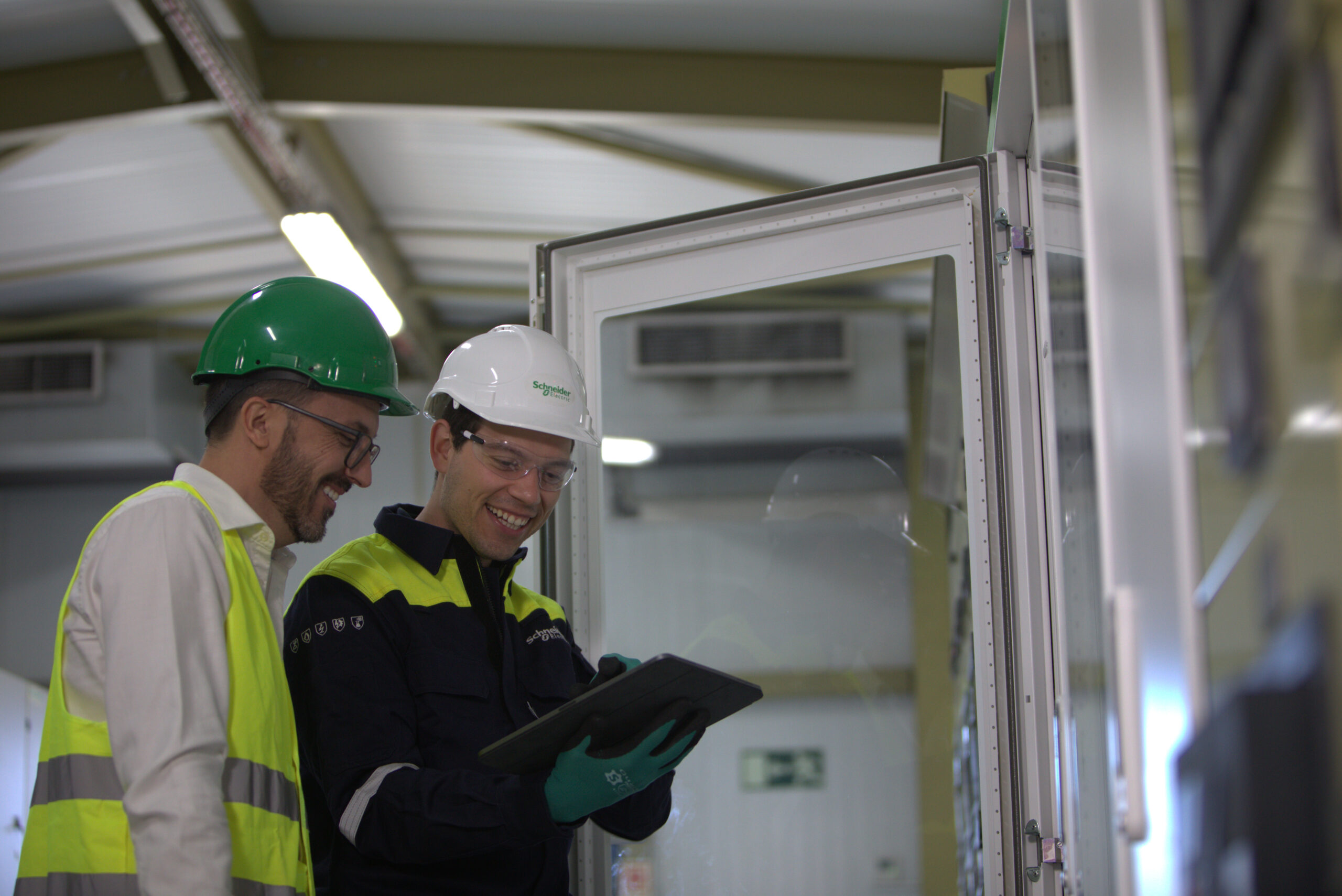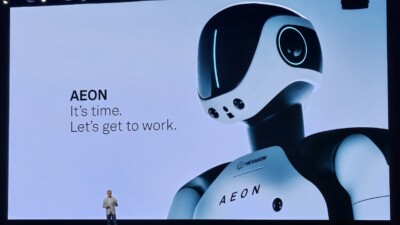What if maintenance didn’t have to feel reactive?
Schneider Electric has sponsored this post.

For many facility management teams, no two days look the same. Most teams start with a list of planned tasks, like checking a substation. On the way to task number one, the radio goes off. There’s a blocked toilet in the cafeteria. Minutes later, a vendor needs access to a locked mechanical room. Someone else reports a jammed door in the loading dock.
Across sectors—from healthcare to manufacturing—this reactive work is a constant. Teams are pulled in different directions all day long, coordinating with multiple companies on-site and managing incoming requests. The pressure is high to keep operations smooth without breaking the budget or falling behind on scheduled maintenance.
This article explores the most common maintenance challenges these teams face and how Schneider Electric’s EcoCare service offers a more structured, proactive way forward.
Unpacking the pain points in facility maintenance
Beyond the day-to-day multitasking, maintenance teams face persistent challenges that can make reliable operation difficult to sustain over time.
One of the most common issues is the volume of continuous, layered reporting. Facility directors report on budgets and compliance, while technicians log completed checks and vendor activity. “Oftentimes, teams have to juggle paperwork, spreadsheets and logins, which makes it hard to connect the tools that aren’t connected and track requirements to make the right decisions,” says India Gibson, launch leader for EcoCare at Schneider Electric. “That leads to a lack of visibility into how gear is performing. Without digital support and data, it’s hard to optimize your maintenance planning.”
That lack of visibility is compounded by the challenge of managing teams with different levels of field experience. Meanwhile, the scope of responsibilities continues to grow. “It’s very rare that a facilities person on site at an airport is only responsible for the switchgear and transformers,” explains Martin Thomson, senior manager of recurring services at Schneider Electric. “They’re often responsible for HVAC, lighting, and other systems across the facility.”
EcoCare helps address these overlapping challenges by combining connected technology with structured service support. One key benefit is automated reporting and visibility. “We are seamlessly building reporting of maintenance activity and providing a digital quarterly review of how the gear is performing,” says Gibson. “It’s a full solution to support overall site function.”
Instead of relying on fixed schedules, EcoCare enables a condition-based approach to maintenance.
“We’re leveraging connectivity and digital readings,” explains Gibson. “We’re looking inside the gear to better understand data and how the gear is aging and performing. What that does is help us intervene before a failure can happen.”
The longer EcoCare is in place, the more it helps stabilize daily operations. As Thomson notes: “Because of our analytics and algorithms, we’re able to reduce the number of times that unexpected things go wrong on average. There are fewer instances where someone is headed to do job A and gets dragged urgently to job B. They get to stick to their schedule a bit more consistently. If something still does go wrong, the diagnostics are much better. Instead of an issue taking six hours to fix, maybe it only takes two, because we’ve already been able to troubleshoot the first five likely causes of that failure.”
Another benefit is access to Schneider’s remote engineering team, who support a range of skill levels. “They can answer questions from someone with 40 years of experience who might need help with digital analytics,” says Thomson. “They also have the practical experience for someone who’s 22 and understands the digital part but isn’t sure what physical action to take. They act as a bridge for that age and experience gap.”
EcoCare is designed to adapt to the needs of each facility. Customers are assigned a Customer Success Manager who helps coordinate service delivery—whether that means hands-off support or regular check-ins. For expanding operations, EcoCare’s remote monitoring hubs provide scalable coverage without requiring customers to increase their on-site headcount. “Schneider can take on that workload at a much more efficient cost,” Thomson adds. “You get the best of both worlds: data expertise and practical engineering experience.”
This approach has already helped facilities avoid serious disruptions. At a Nestlé Nescafé plant, EcoCare was fully implemented following a 14-hour shutdown caused by a short circuit in an unmonitored section. With 24/7 remote monitoring and emergency support, the site has since avoided five major incidents, resulting in an estimated $2 million in savings over four years.
In another case, EcoCare detected early signs of degradation in a transformer at a hospital in upstate New York. By resolving the issue proactively, maintenance teams were able to avoid a failure that would have impacted critical infrastructure and required emergency repairs.
“Without EcoCare, there are way more surprises,” says Gibson. “Teams are super reactive, working more than they need to, and dealing with scattered data all over the place. With EcoCare, it’s early alerts, centralized visibility and reduced risk, along with the help of our experts. So maintenance teams can finally move away from just surviving to optimizing their site.”
To learn more, visit EcoCare at Schneider Electric.



